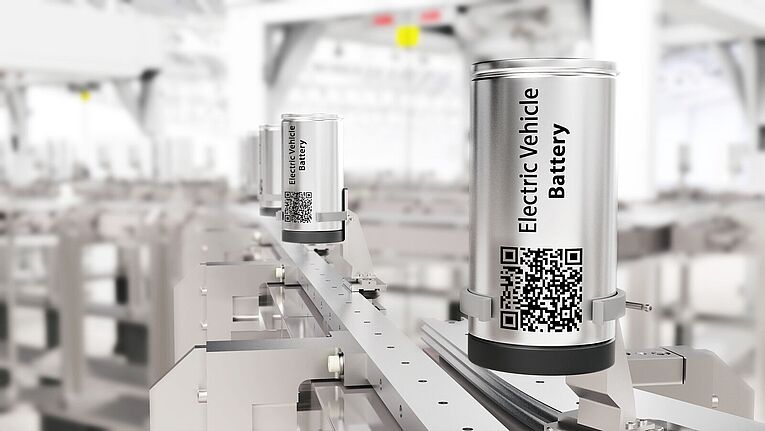The 3D printers most of us are familiar with use powders and plastics. Adapting the design to print a house, on the other hand, involves quite a bit more than simply replacing these materials with conventional concrete. The cement mix alone is a major challenge. It must be flexible enough to work with, yet also solidify fast enough to support subsequent layers. Ordinary concrete matures for 28 days, but the printed structure must be able to hold itself up immediately.
Another key challenge is giving the robot the ability to print walls of virtually any curvature, including inflection points, and to implement sharp angles and interruptions. "That's important, so that we can give architects maximum freedom," says one of the Con4Bot's lead designers, Associate Professor Václav Záda from the TUL Institute of Mechatronics and Computer Engineering. Thanks to the Con4Bot's design, when the end effector stops printing briefly, for example to leave space for a door or window, the rest of the robot can continue moving. "The large robot is able to retain its considerable kinetic energy," says Záda, "and that's something other machines can't do."
When it is complete, the Printing Mantis will be a rotating and sliding robotic arm with a horizontal reach of up to 5.6 meters and a vertical reach of 3.3 meters. The project is being conducted using two test setups. The first is a SCARA robot. Currently being tested at 1:4 scale, the full-scale version will later be transported by a standard construction truck. The second is a Cartesian robot at the Klokner Institute in Prague, where researchers are testing and developing the print head along with different building material mixtures.

